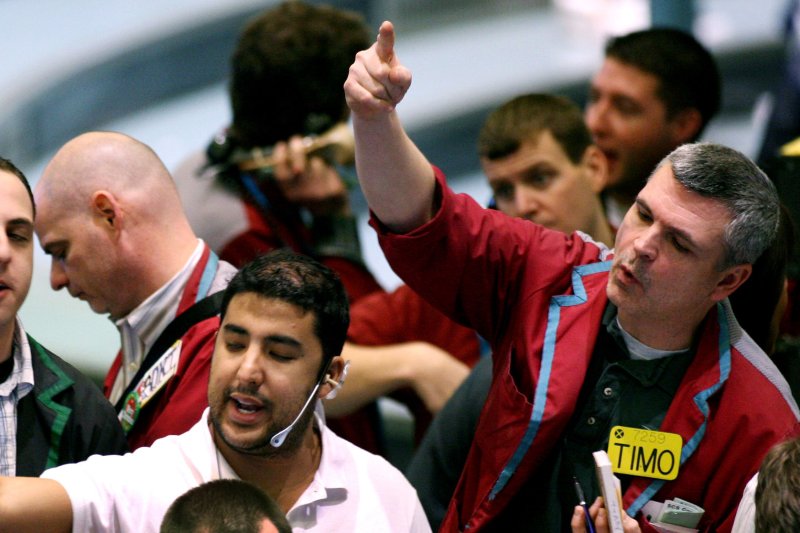Crude oil prices moving higher in early Wednesday trading after the IEA said supply-side strains could ease "very soon." File photo by Monika Graff/UPI |
License Photo
Sept. 13 (UPI) -- Crude oil prices were higher early Wednesday after the IEA said the level of oil and petroleum products on the market could dip below the five-year average.
Traders have been watching the level of commercial crude oil and petroleum product inventories for much of the year in part to gauge the impact of an effort led by the Organization of Petroleum Exporting Countries to balance an oversupplied market with managed production declines.
Markets were upended in late August when Hurricane Harvey struck the southern coast of Texas, sidelined a good portion of total U.S. refining capacity and threatened production centers in the Gulf of Mexico and inland shale basins. Hurricane Irma, meanwhile, has shifted market dynamics because of the strain on demand. More than half of the retail service stations in some parts of Florida are without gasoline and the energy sector is scrambling to make adjustments.
The International Energy Agency in its latest monthly market report said overall production levels from major producers was on the decline and the level of stocks for members of the Organization for Economic Cooperation and Development was only slightly above the five-year average.
"Depending on the pace of recovery for the U.S. refining industry post-Harvey, very soon OECD product stocks could fall to, or even below, the five-year level," the IEA's report read.
The price for Brent crude oil was up 0.68 percent at 9:10 a.m. EDT to $54.64 per barrel. West Texas Intermediate, the U.S. benchmark for the price of oil, was up 1 percent to $48.71 per barrel.
The spread, or difference, between WTI and Brent has widened in recent weeks because some crude oil in the United States remains locked in storage. As of 2:00 p.m. EDT Tuesday, the U.S. Energy Department said four refineries in the Gulf Coast were still closed because of issues associated with Harvey, representing about 4 percent of the total U.S. refining capacity.
Nevertheless, the IEA said it was cautious about the extent of any post-recovery rally, saying that "expectations are that markets are tightening and that prices will rise, albeit very modestly."
That mirrors the sentiment expressed from the National Bank of Kuwait this week, which said some of the rally could be explained by the increase in geopolitical tensions, notably regarding North Korea, and concerns about whether or not U.S. President Donald Trump's administration could enact any of the reforms and initiatives he pledged on the campaign trail. So far, the new president has yet to score any major legislative victories.
The U.S. dollar, meanwhile, has declined steadily and, when the value of the greenback falls, commodity prices increase because more dollars are required to purchase the same quantity as when the value was higher.
The Kuwaiti bank said recovery may be limited by any increase in U.S. shale oil production, which could be likely if oil prices continue to rise. The U.S. Energy Information Administration lowered its forecast for total U.S. crude oil production, however.
EIA estimates the price for Brent crude oil will average $51 per barrel for the year and $49 per barrel for WTI.















